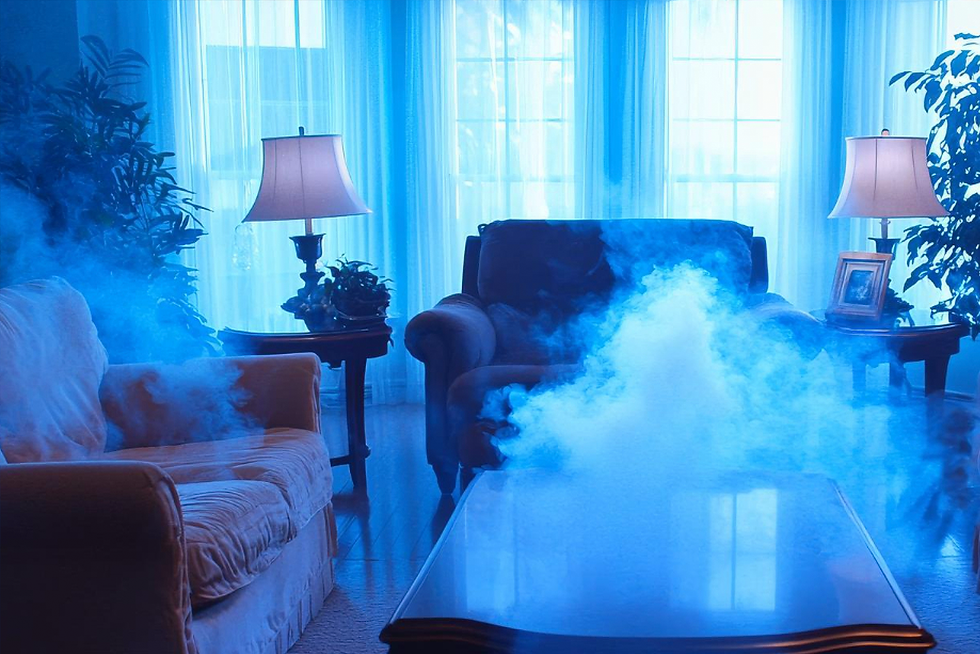New Book Advocates Chemical-Free Cleaning
- Corey Provencal

- Jan 30, 2011
- 2 min read
A newly published book by Vince Elliott, BS, MHS, describes how facilities can now be cleaned thoroughly, hygienically, at less cost, and with greater work productivity without the use of chemical cleaning agents. New Book Advocates Chemical-Free Cleaning
The book, Extreme Green Cleaning, was introduced in November at the 2010 ISSA/INTERCLEAN North America trade show in Orlando.
In it, Elliott writes that the professional cleaning industry is moving beyond conventional or green cleaning chemicals to emerging technologies that use plain tap water instead of chemicals.
“This is what I call renewable, ‘chemical-free cleaning,'” says Elliott. “It means no cleaning residues are left on surfaces or in the air after cleaning.”
Elliott argues that even though green cleaning chemicals are safer for users and the environment, “they still are chemicals. The typical [American] office building is using approximately 1,600 pounds of these chemicals each year, dumping about six billion pounds of chemicals into our environment annually.”
Instead, Elliott suggests employing these effective alternatives: Activated water systems, which use electrical currents to turn tap water into a powerful disinfectant
Electrolyzed water systems, which are used for scrubbing and cleaning floors
The no-touch cleaning system, which is considered a “sanitizing device” based on U.S. Environmental Protection Agency (EPA) criteria* “Chemical-free cleaning may have caught some people by surprise because it has been evolving so slowly,” adds Elliott. “But it is here and growing and will prove to be one of the most significant trends in our industry in years to come.”
Elliott’s book may be purchased through Amazon.com .
*Applies only to certain models of the no-touch cleaning system developed by Kaivac, Inc. Cleaning must be performed as directed, with water only, and no chemicals or cleaning agents. The EPA classifies a “sanitizing device” as any system that reduces the number of microbes on a test surface by 99.9 percent.
For more information, visit http://www.ealtd.com or http://www.cfcn.info .
•John P. Lapotaire, CIEC •Certified Indoor Environmental Consultant •Microshield Environmental Services, LLC •www.Microshield-ES.com









Comments